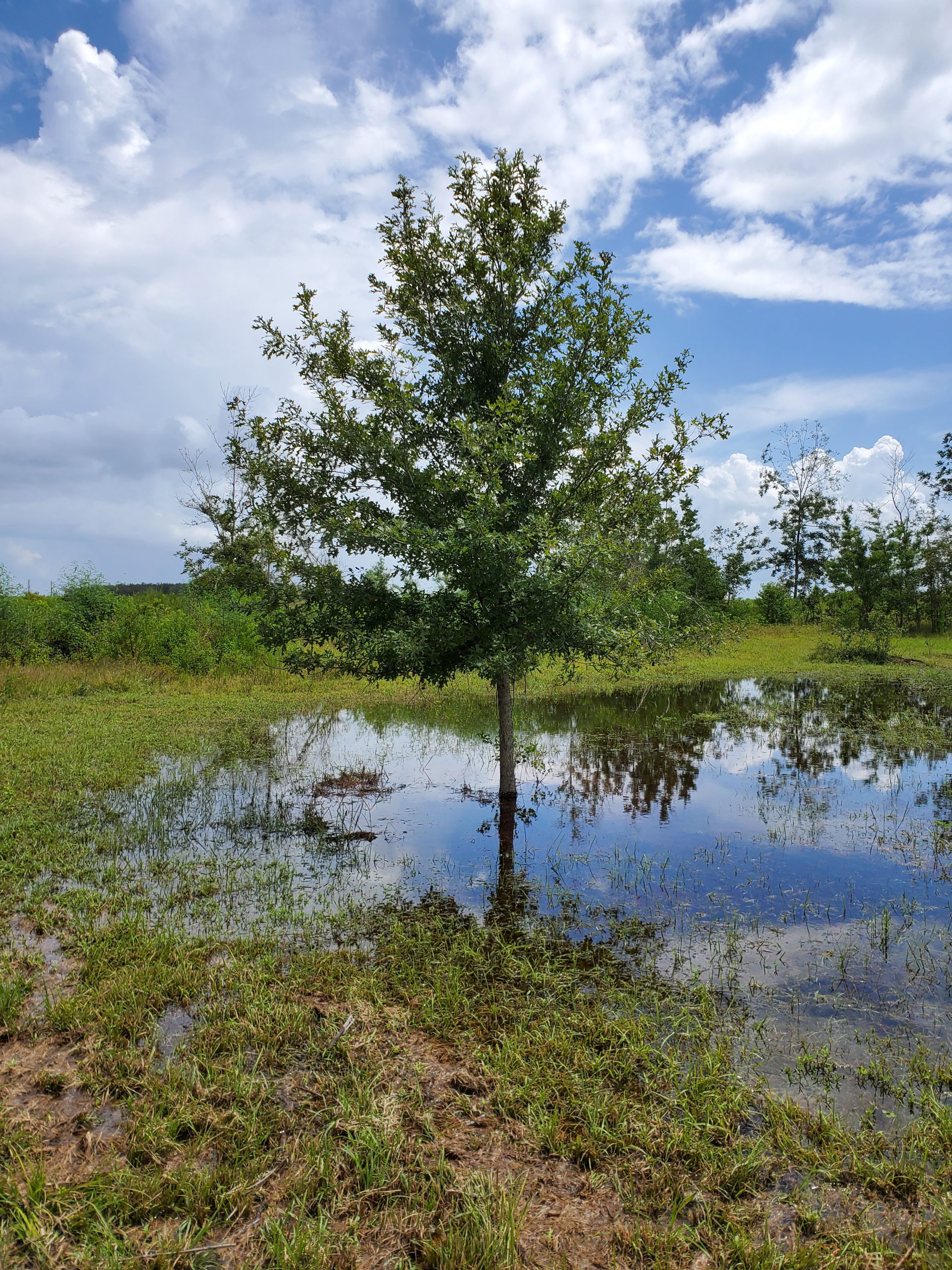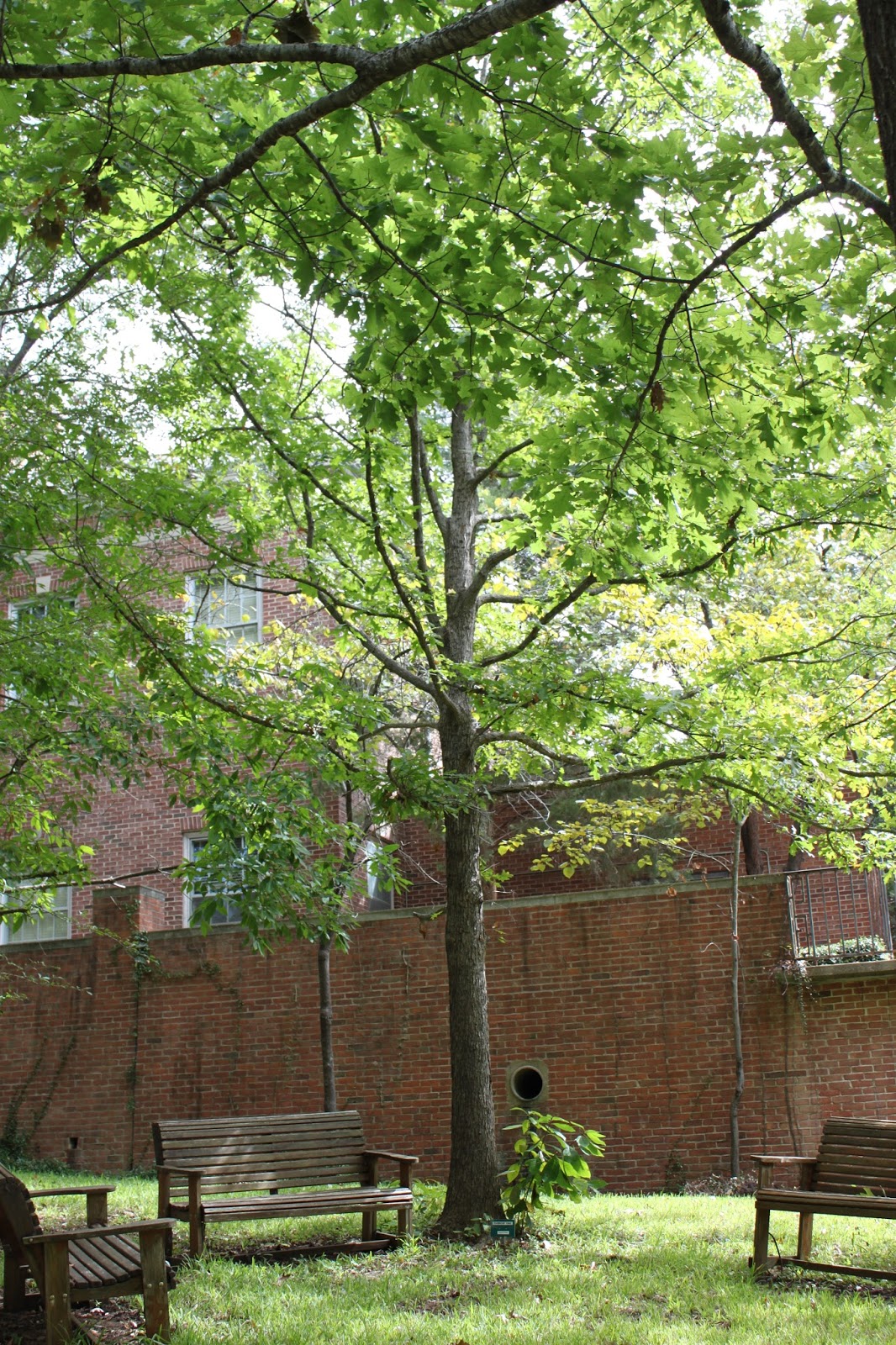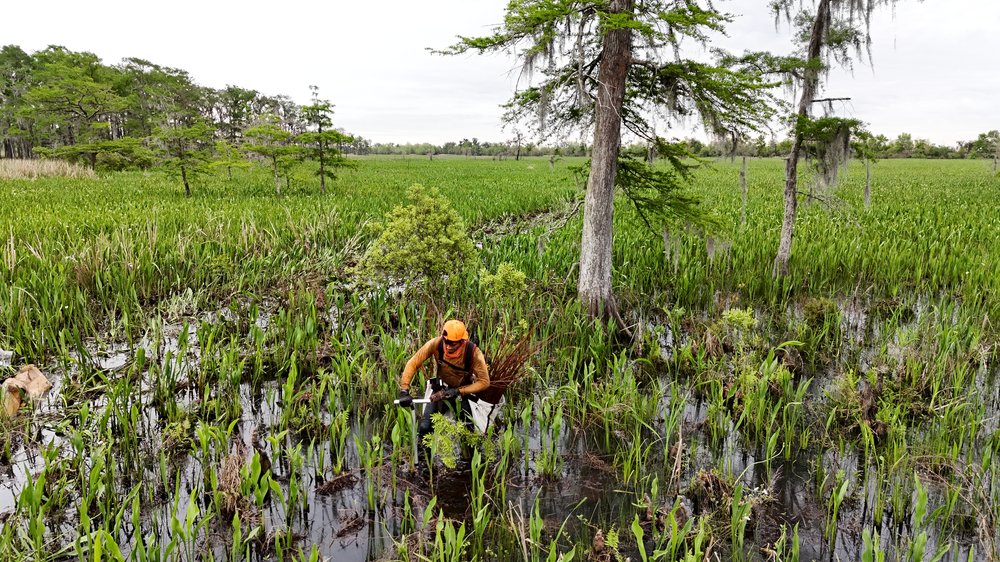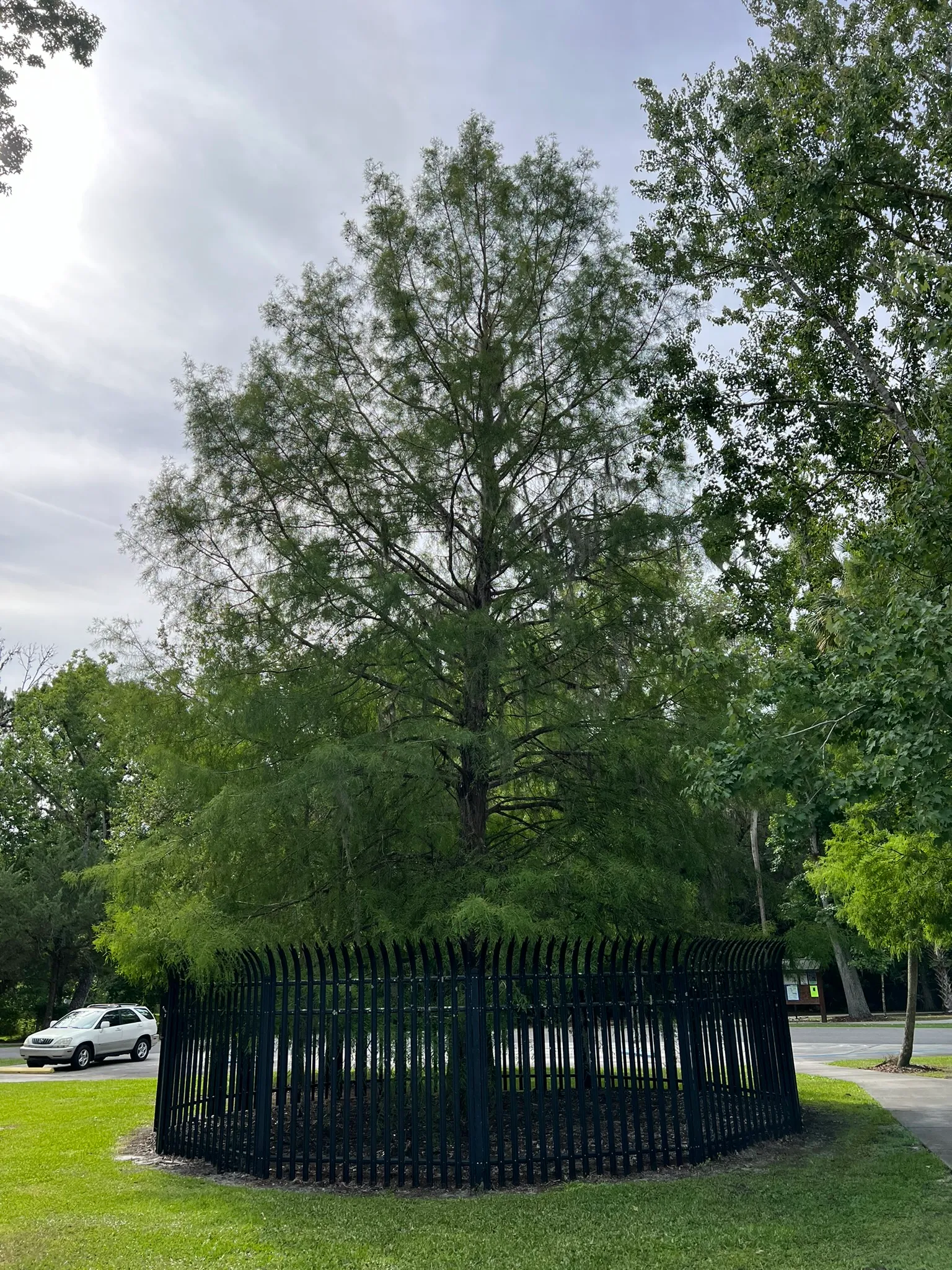Overcup Oak
Embrace the unique charm and exceptional adaptability of the Overcup Oak (Quercus lyrata), a remarkable tree hailing from the Deep South’s alluvial river bottoms and creek beds. This distinctive oak stands out for its ability to thrive in periodically inundated conditions, a testament to its hardy nature. Once a hidden gem of swampy landscapes, the Overcup Oak is gaining popularity in the horticultural world, and for good reason. It’s a fantastic choice for landscapes facing hot, humid climates and soils prone to wetness. Beyond its resilience, the Overcup Oak offers year-round visual appeal. Its youthful, uniform shape matures into a stately presence with an attractive upturned branching habit. The distinctive, lyre-shaped foliage provides lush summer greenery, transitioning to a pleasant yellowish-brown in the fall. However, its winter appeal truly shines with its striking whitish-gray, shaggy bark, reminiscent of White Oak or Shagbark Hickory. Easy to grow and maintain, the Overcup Oak is a long-lived, pest-resistant tree that brings both beauty and ecological value to the landscape.

Sizes Available
Wholesale Only
1 Gallon
$4.00
3 Gallon
$8.00

A stately Overcup Oak showcasing its characteristic form and resilience in a landscape setting.
Scientific Name: Quercus lyrata
Common Name: Overcup Oak
Hardiness Zones: 6 through 9A
Height: Typically 30 to 40 feet, can reach over 100 feet in native habitats.
Spread: Typically 30 to 40 feet.
Growth Rate: Medium.
Foliage: Spring & Summer: Large, lustrous green, lyre-shaped leaves. Fall: Turns a not-unattractive yellowish-brown to copper.
Bark: Whitish-gray, shaggy bark, becoming a notable feature in winter.
Sun: Full sun to partial shade.
Soil: Tolerates a wide range of soils, including clay, loam, and sand; thrives in poorly drained and periodically wet conditions, but also adapts to well-drained soils; tolerates slightly alkaline to acidic pH.
Wildlife Value: Acorns are a preferred food source for many waterfowl due to their buoyant caps aiding in dispersal. A high-value wildlife plant, providing food and shelter for squirrels, turkeys, wild hogs, and deer. It is also a host plant for the larvae of the Imperial moth and numerous butterflies, including the Banded hairstreak, Edward’s hairstreak, Gray hairstreak, White-m hairstreak, Horace’s duskywing, and Juvenalis duskywing.
Why Choose Overcup Oak?

Resilient Beauty:
If you have a property with areas prone to dampness or periodic flooding, the Overcup Oak is an exceptional choice. Its natural adaptation to these conditions ensures healthy growth and vibrant beauty where other species might falter. Enjoy its attractive form and foliage without the worry of waterlogged roots.

Low Maintenance:
Looking for a beautiful shade tree that isn’t demanding? The Overcup Oak is remarkably easy to grow. After its initial establishment, it generally thrives without much intervention, freeing up your time while enhancing your landscape with its stately presence.

Year-Round Interest:
The Overcup Oak offers more than just summer shade. Its unique lyre-shaped leaves add character during the growing season, transition to lovely fall colors, and then give way to the stunning, shaggy bark that provides significant winter interest, making it a landscape asset all year long.

Valuable for Wildlife:
Choosing the Overcup Oak means contributing to a thriving environment. Its acorns are a vital food source for numerous animals, and it serves as a host plant for beautiful butterflies and moths, making your landscape a haven for local wildlife.
Environmental Benefits of Planting Overcup Oak
This data is based on US Averages of healthy and mature trees over a 20-year period.
Check out the USDA’s MyTree Tool to input your custom location data.

CO2 Offset
A single overcup oak can offset the CO₂ emissions produced by driving an average gas-powered car for 15,002 miles.

Water Filtration
A single overcup oak can absorb enough stormwater to fill 6,312 bathtubs, reducing erosion, runoff, and supporting transpiration.

Removes Air Pollution
A single overcup oak removes as much air pollution as the weight of 42 smartphones.
Featured Projects
Featured Projects
Central Florida Lands and Timber Nursery, LLC. is a wholesale nursery specializing in a wide array of Florida native trees. With an inventory of over 2 million container-grown trees, CFLTN, LCC can meet the needs of large-scale reforestation, mitigation, and landscaping projects throughout the Southeast region.
Phone
(386) 294-1211
Address
3087 North County Road 53 Mayo, Florida 32066


